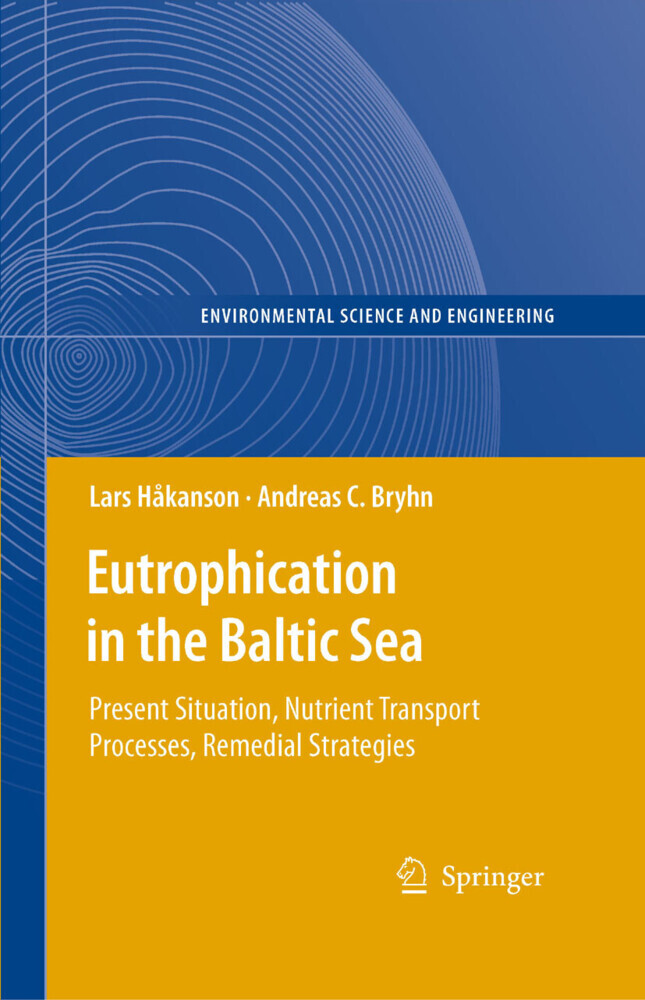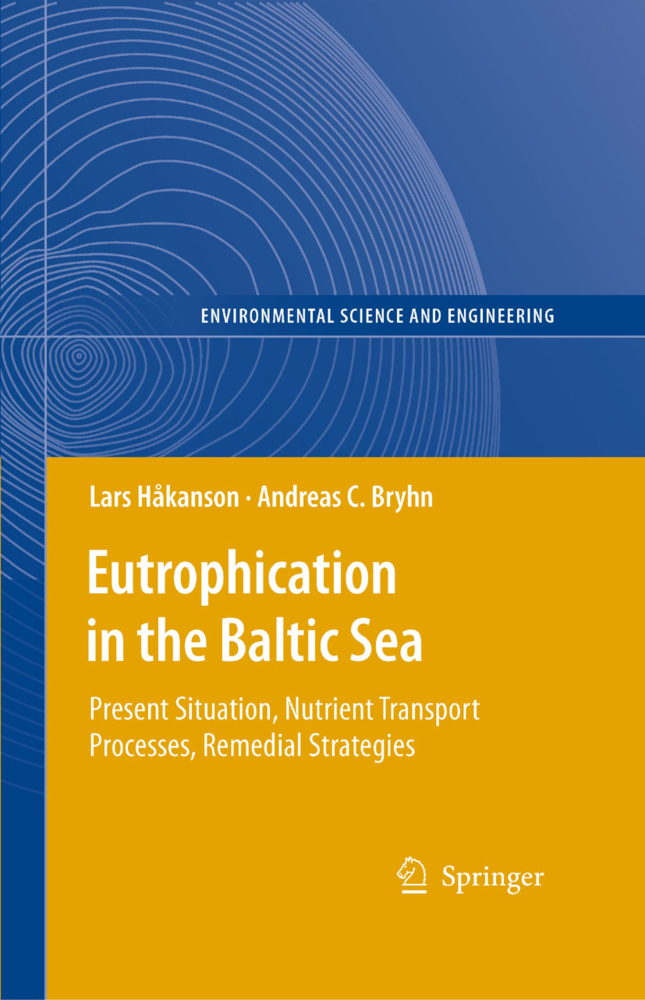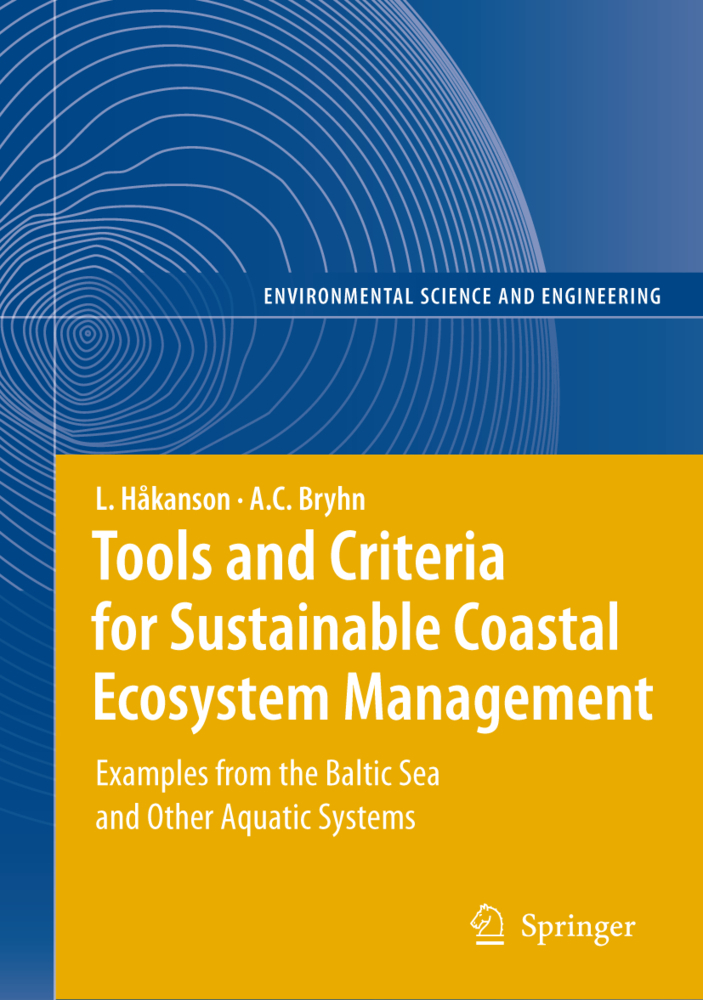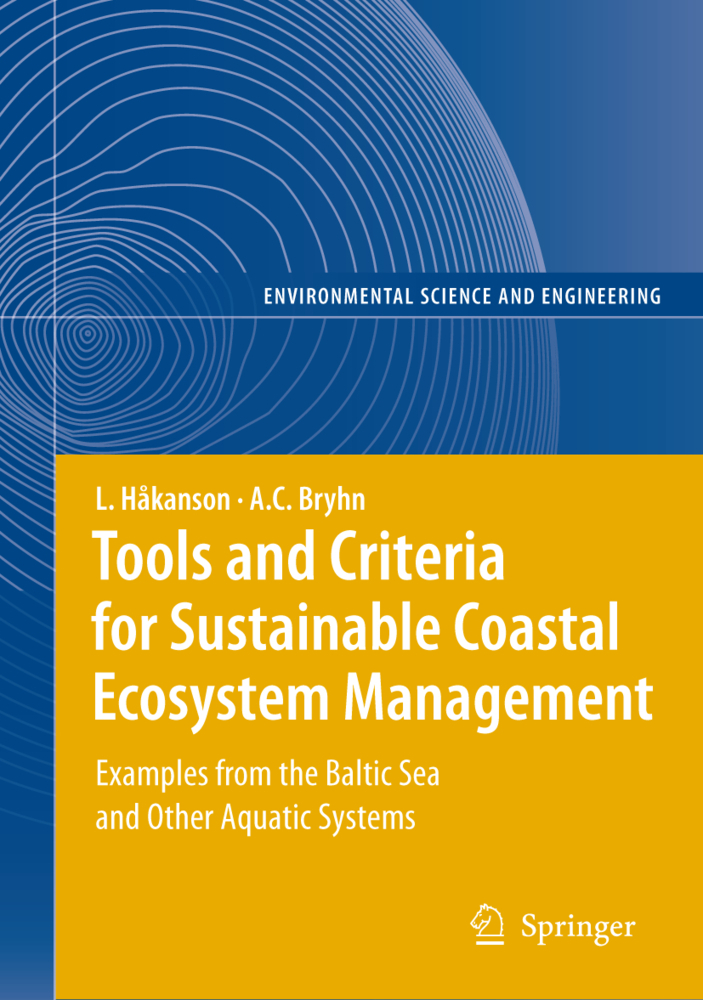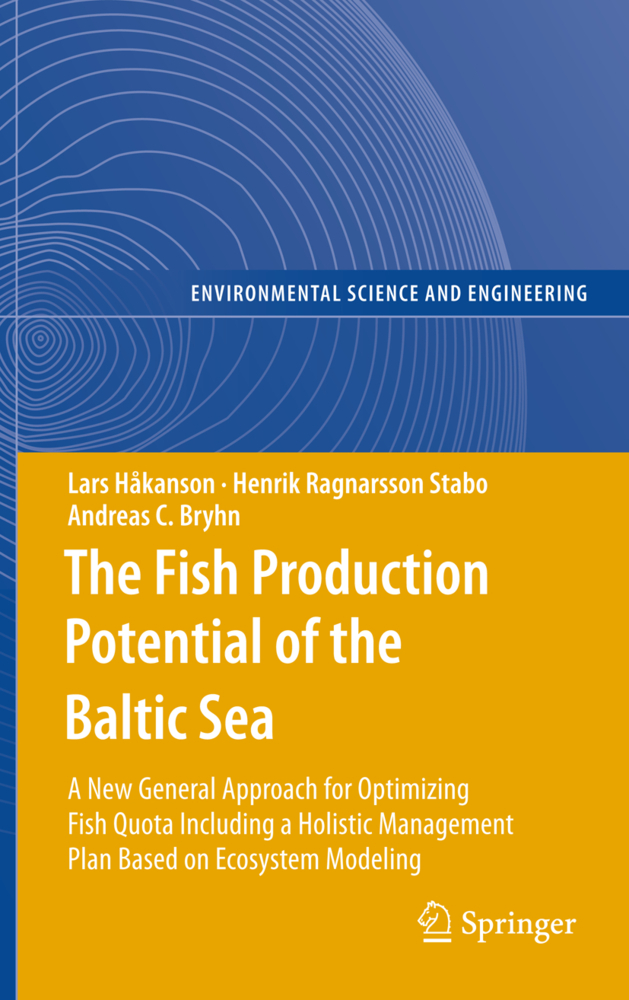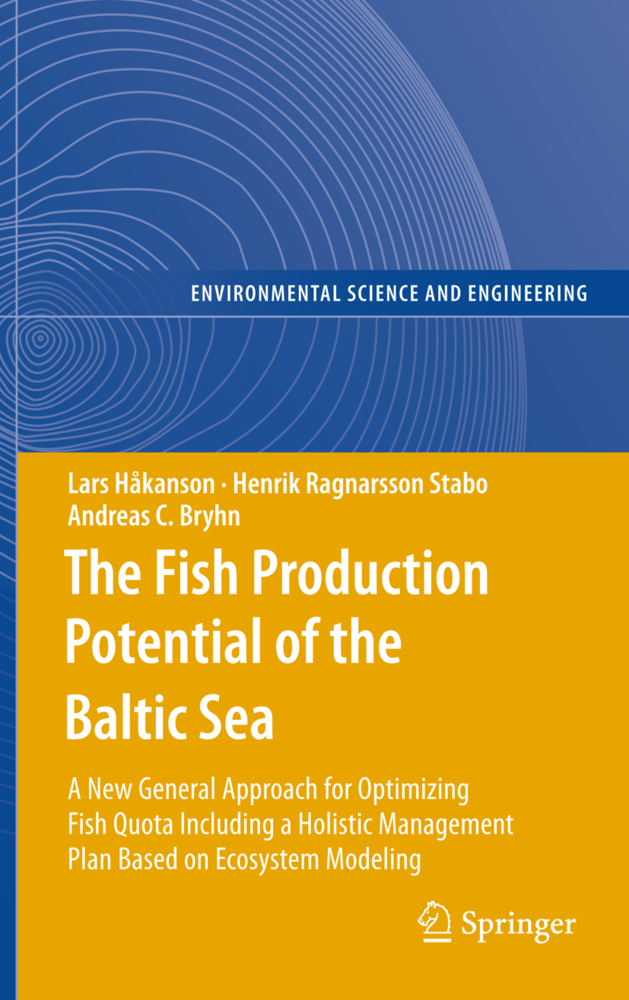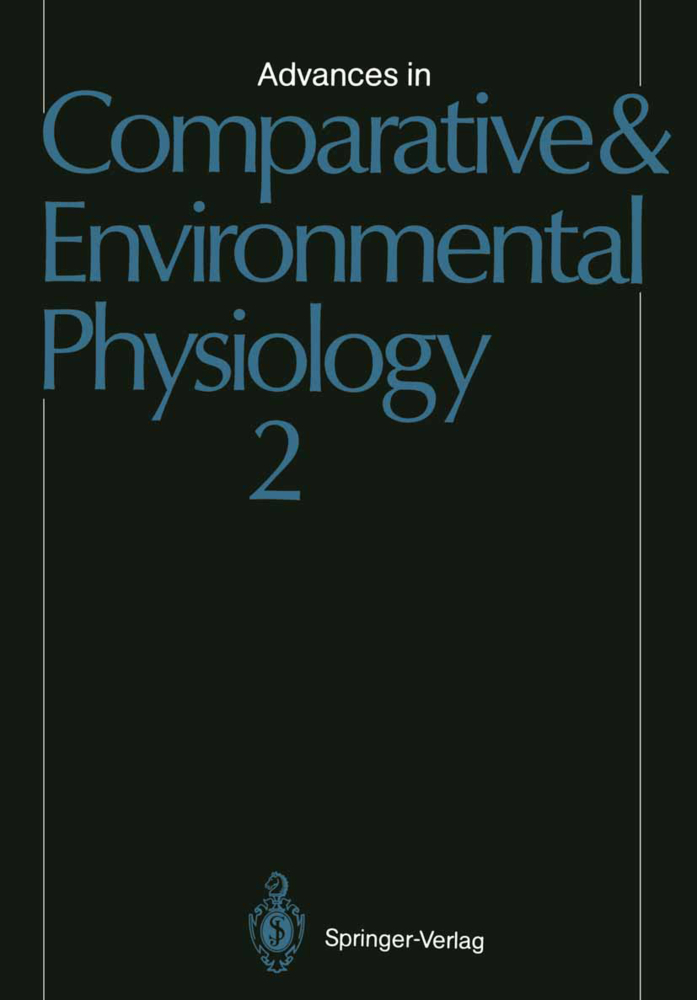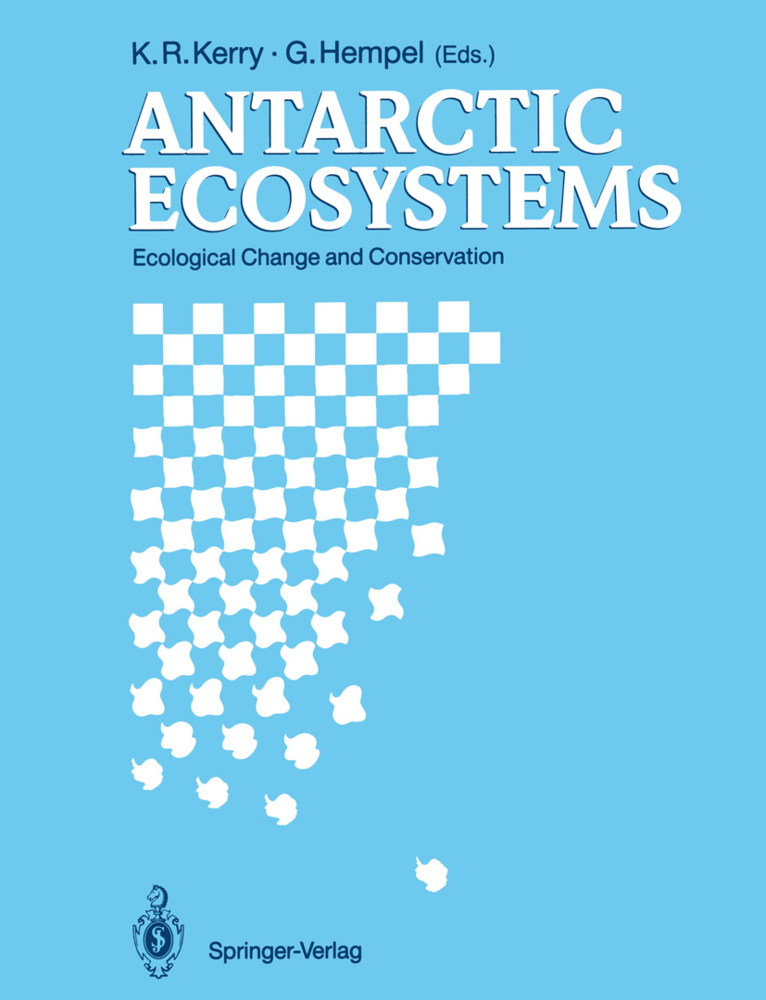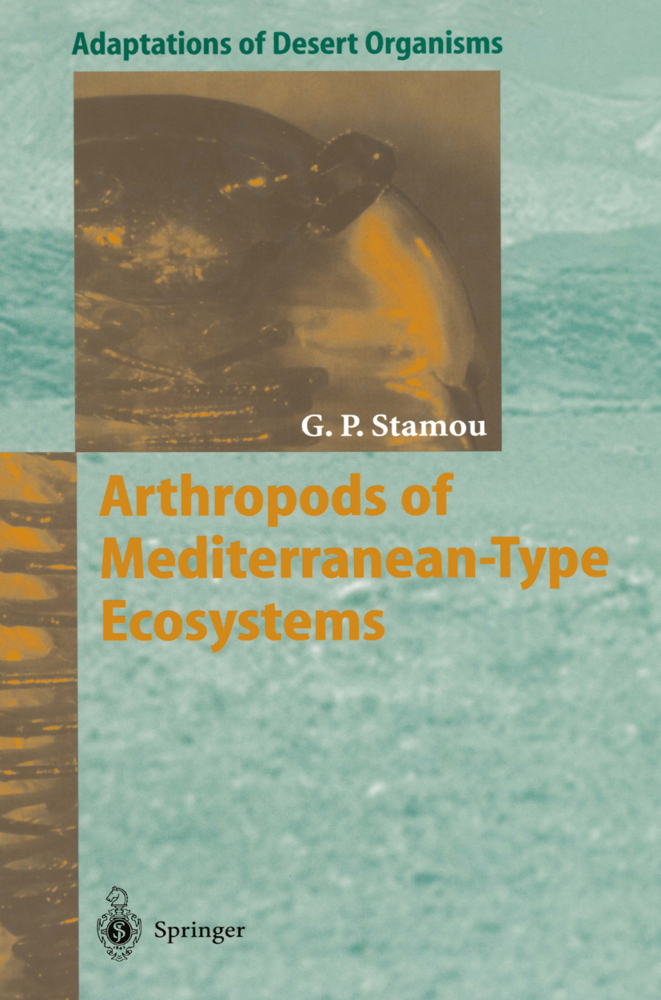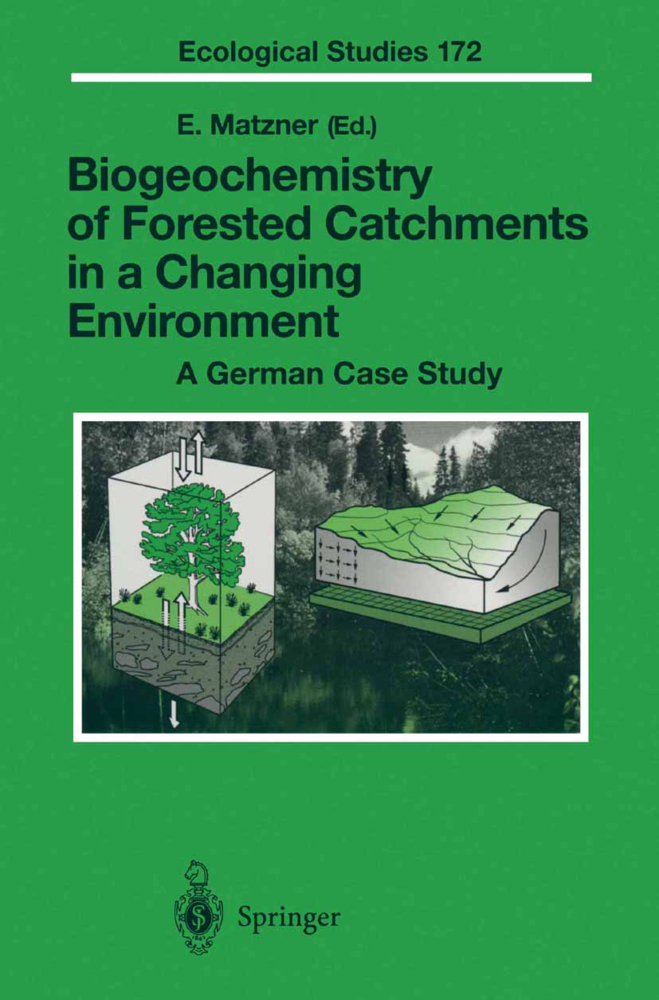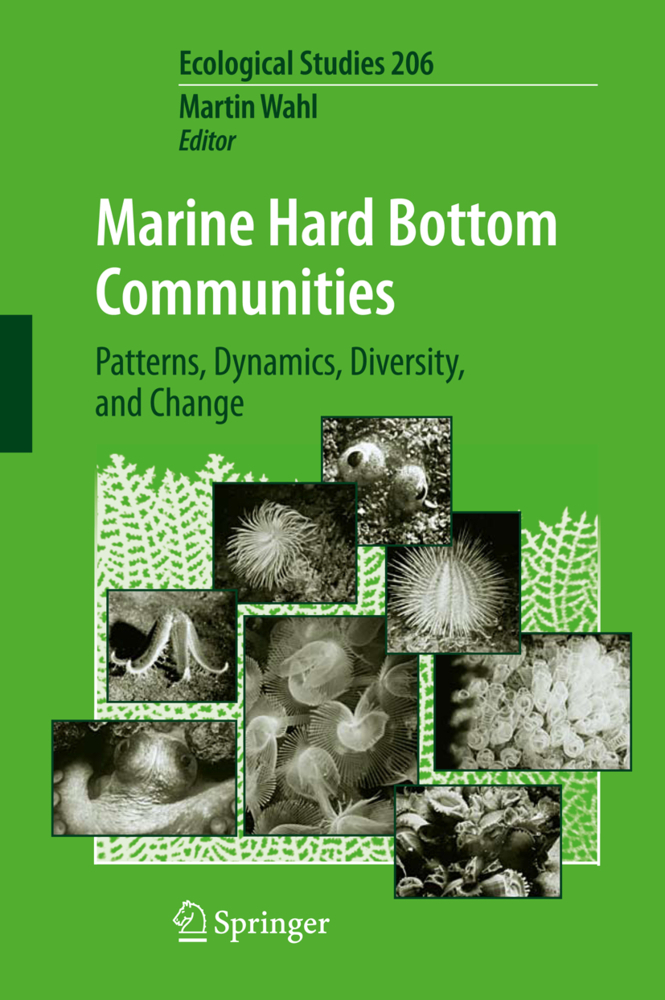Eutrophication in the Baltic Sea
Present Situation, Nutrient Transport Processes, Remedial Strategies
For many years the reduction of eutrophication in the Baltic Sea has been a hot issue for mass-media, science, political parties and environmental action groups with manifold implications related to fisheries (will the Baltic cod survive?), sustainable coastal development (have billions of Euros been wasted on nitrogen reductions?), ecotoxicology (can we safely eat Baltic fish?). This book takes a holistic process-based ecosystem perspective on the eutrophication in the Baltic Sea, with a focus on the factors regulating how the system would respond to changes in nutrient loading. This includes a very special process for the Baltic Sea: land uplift. After being depressed by the glacial ice, the land is now slowly rising adding vast amounts of previously deposited nutrients and clay particles to the system. 110,000 to 140,000 tons of phosphorus per year are added to the system from land uplift, in comparison to the 30,000 tons of phosphorus per year from rivers.
1;Contents;5 2;Prologue;7 3;Introduction, Background and Aim;9 4;Basic Information on the Baltic Sea;30 4.1;2.1 Introduction and Aim;30 4.2;2.2 Previous System-Wide Studies in the Baltic Sea;32 4.3;2.3 Databases and Methods;34 4.4;2.4 Size and Form Characteristics of the Sub-basins;47 4.5;2.5 Sediments and Bottom Dynamic Conditions;54 4.6;2.6 The Role of Land Uplift;59 4.7;2.7 Nutrient Concentrations, Temperatures and Salinities - Data, Trends and Co- variations;61 4.8;2.8 Putting the Data from the Baltic Sea into a Wider Context;69 4.9;2.9 Conclusions;72 5;Water Exchange and Water Transport in the Baltic Sea;75 5.1;3.1 Introduction and Aim;75 5.2;3.2 Modeling ofWater Fluxes Using the CoatMab-Model;78 5.3;3.3 Model Tests - Empirical Data Versus Model Values;82 5.4;3.4 Fluxes ofWater and Salt;86 5.5;3.5 Water Retention Rates;90 5.6;3.6 Water Velocities in the Limiting Section Areas;91 5.7;3.7 Conclusions and Comments;94 6;Empirical Data and Models on Nutrients and Bioindicators in the Baltic Sea;96 6.1;4.1 The Nitrogen/Phosphorus Dilemma;96 6.2;4.2 Simple Overall Nutrient Budgets;102 6.3;4.3 Empirically Based Models for Operational Bioindicators;107 6.4;4.4 Conclusions;130 7;Nutrient Dynamics in the Baltic Sea;132 7.1;5.1 Introduction and Aim;132 7.2;5.2 Basic Model Structure and Data Needed to Run the Model;133 7.3;5.3 The CoastMab-Model for Phosphorus in the Baltic Sea;136 7.4;5.4 Outflow;155 7.5;5.5 Model Tests;156 7.6;5.6 Empirical Data Versus Modeled Data;158 7.7;5.7 Tests to Falsify the Model Structure;163 7.8;5.8 Retention Times, Fluxes and Amounts;168 7.9;5.9 Predicting Chlorophyll-a Concentrations;175 7.10;5.10 Predicting Water Clarity and Secchi Depth;177 7.11;5.11 Predicting Nitrogen Concentrations;183 7.12;5.12 Predicting Cyanobacteria;184 7.13;5.13 Predicting Sedimentation and Settling Velocities;184 7.14;5.14 The Vicious Circle Theory and the Actual Circle;188 7.15;5.15 Conclusions and Comments;191 8;Strategies for Remediation;193 8.1;6.1 Introduction and Aim;193 8.2;6.2 Remedial Scenarios and Suggested Remedial Strategy for Eutrophication in the Baltic Sea;194 8.3;6.3 Comments;205 9;Epilogue;207 10;References;212 11;Appendix;222 11.1;A.1 A Compilation of All Equations and Model Variables in the Mass- Balance Model for Salt ( CoastMab) for the Sub- basins of the Baltic Sea;222 11.2;A.2 Compilation of All Equations and Model Variables in the Mass- Balance Model for Phosphorus ( CoastMab) for the Baltic Proper ( BP);233 11.3;A.3 Water Discharge Predicted from Map Parameters;244 12;Index;257
Håkanson, Lars
Bryhn, Andreas C.
| ISBN | 9783540709091 |
|---|---|
| Artikelnummer | 9783540709091 |
| Medientyp | E-Book - PDF |
| Auflage | 2. Aufl. |
| Copyrightjahr | 2008 |
| Verlag | Springer-Verlag |
| Umfang | 261 Seiten |
| Sprache | Englisch |
| Kopierschutz | Digitales Wasserzeichen |

